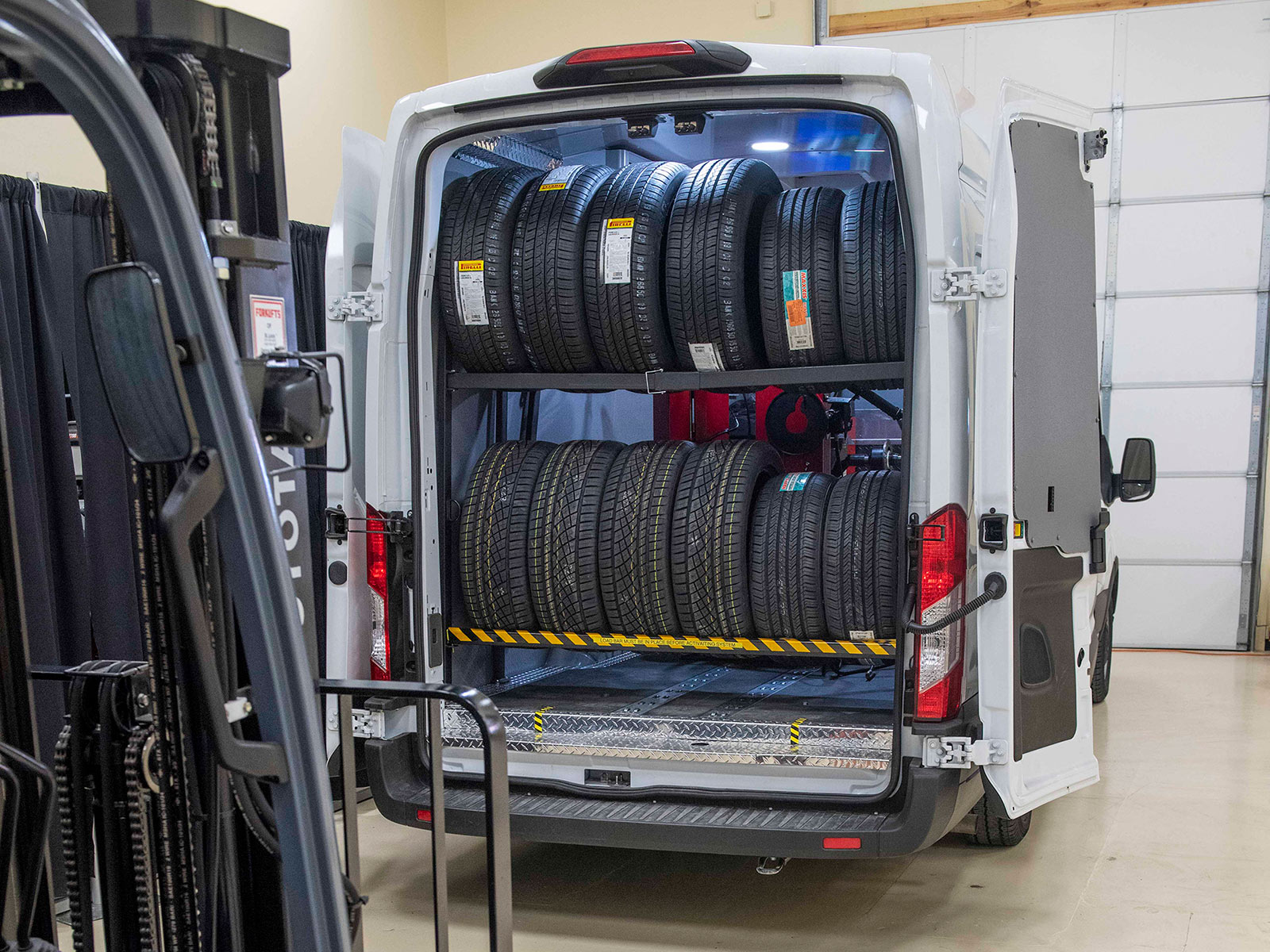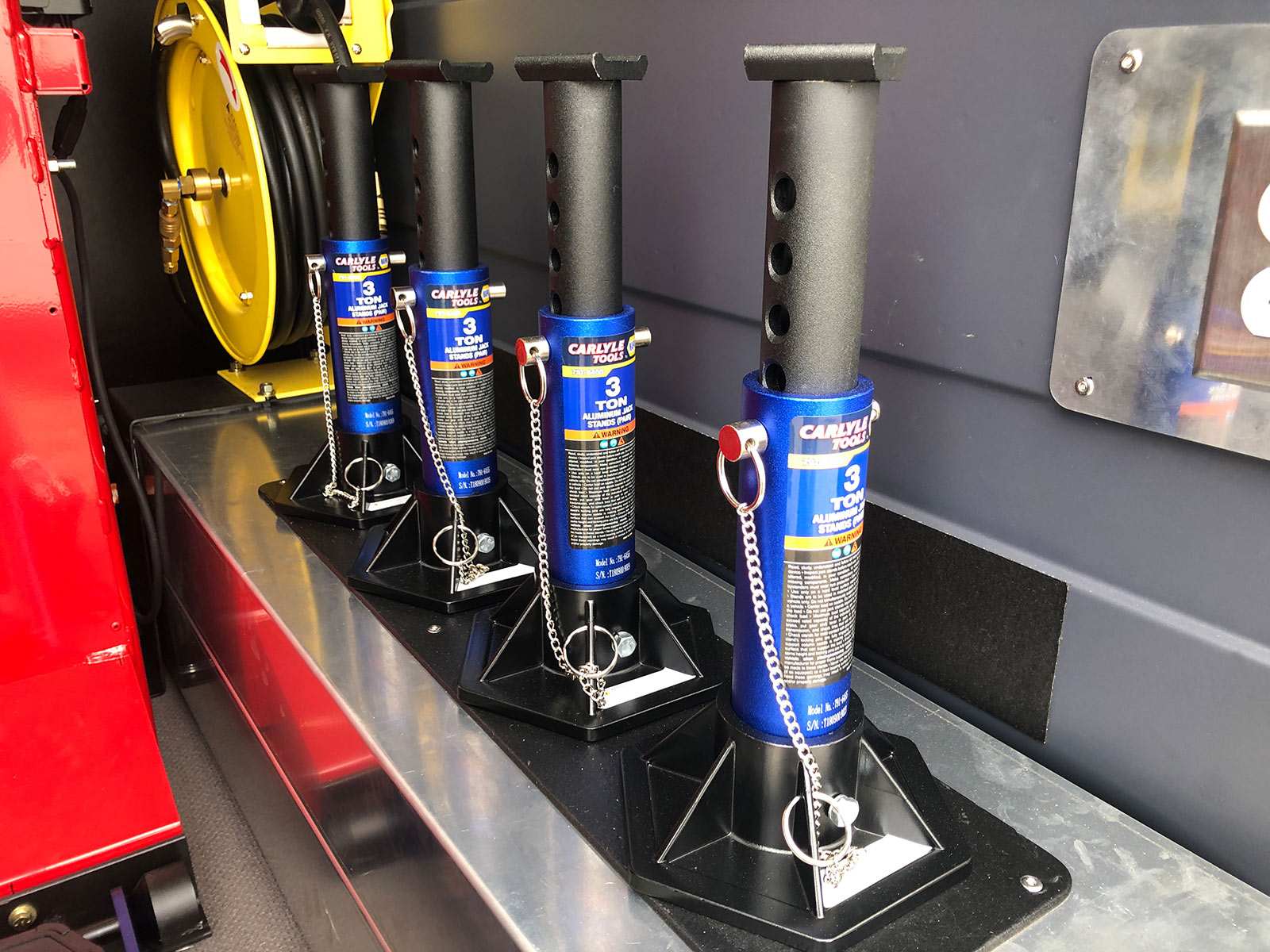Trusted Mobile Tire Change and Replacement in Las Vegas
Wiki Article
Tire Service: Proven Approaches for Optimal Tire Maintenance and Care
Preserving optimal tire problem is vital for both safety and security and performance of any lorry. From making sure proper tire stress to regular rotation and placement, there are tested approaches that can dramatically extend the life-span of your tires and improve total driving experience. As we discover the complexities of tire care and maintenance, we will reveal essential standards that every vehicle proprietor need to abide by for the finest possible outcomes. Allow's look into the world of tire solution and discover the keys to maintaining your tires in top-notch shape for the lengthy haul.Significance of Tire Pressure
Sufficient tire stress promotes far better fuel performance, as under-inflated tires can lead to enhanced rolling resistance, creating the engine to work more difficult and consume more gas. Correct tire stress ensures also tread wear, enhancing tire durability and saving money in the lengthy run by postponing the need for early replacements. Consistently checking and adjusting tire pressure, particularly in the past long journeys, is a simple yet effective means to improve vehicle performance, expand tire life expectancy, and focus on safety on the road.Tire Rotation Guidelines
When thinking about tire rotation guidelines, it is necessary to recognize the significance of this maintenance job in making the most of tire life-span and maintaining optimum car performance. Tire rotation includes transforming the setting of each tire on a vehicle to guarantee also tread wear. Front tires tend to use faster than rear tires because of guiding forces, making regular turning important for balanced wear patterns. The suggested turning pattern varies depending on whether a vehicle is front-wheel, rear-wheel, all-wheel, or four-wheel drive. Usually, tires should be rotated every 5,000 to 7,500 miles, or as encouraged in the automobile guidebook. Overlooking tire turning can cause unequal wear, impacting handling, traction, and potentially compromising vehicle safety and security. By adhering to appropriate turning guidelines, chauffeurs can prolong the life of their tires, enhance gas effectiveness, and boost overall driving experience. Regular turning is a basic yet reliable maintenance method that contributes dramatically to tire durability and automobile efficiency.
Advantages of Wheel Positioning
Making sure appropriate wheel placement after tire turning is important for maintaining well balanced wear patterns and optimizing automobile efficiency. Wheel positioning describes the adjustment of the angles of the wheels to the manufacturer's specifications. Among the vital benefits of wheel alignment is enhanced guiding and read here handling action. When the wheels are appropriately aligned, it reduces guiding effort, making sure a smoother and more controlled driving experience. In addition, right wheel alignment assists to extend the life expectancy of your tires. Misaligned wheels can cause uneven tire wear, bring about premature tire substitute and enhanced maintenance costs.

Tire Footstep Deepness Examine
Doing a routine examination of tire tread deepness is necessary for maintaining risk-free driving conditions and extending the lifespan of your tires. The tread on your tires plays a crucial function in supplying grip, specifically in unsafe or damp conditions. To check your tire step deepness, you can use a tread depth scale or the cent test. The recommended walk deepness is at the very least 2/32 of an inch. It is time to replace your tires to ensure optimum performance and security on the roadway if the step deepness is listed below this threshold. Unequal step wear can suggest problems with tire placement, suspension, or pressure, highlighting the value of regular walk depth checks. Neglecting to check and maintain appropriate tread depth can bring about minimized grip, longer stopping distances, and an enhanced danger of hydroplaning. By including tire tread depth checks right into your regular maintenance schedule, web you can drive with confidence knowing that your tires are in leading condition.
Seasonal Tire Examination
Seasonal tire inspection is a fundamental aspect of tire upkeep that makes certain tires are prepared to encounter the difficulties positioned by various weather condition conditions. In prep work for winter season, it is important to check the tire stress frequently as chilly temperature levels can create tire stress to go down. By carrying out regular seasonal tire inspections, drivers can prolong tire life expectancy, boost gas effectiveness, and most notably, ensure a safe and secure driving experience in varying climate conditions.Verdict
Finally, keeping appropriate tire pressure, rotating tires routinely, aligning wheels correctly, keeping track of step depth, and performing seasonal evaluations are crucial methods for optimal tire treatment. By adhering to these confirmed approaches, chauffeurs can guarantee their tires last much longer, carry out better, and contribute to total automobile security. It is important to prioritize tire upkeep to protect against crashes, improve fuel effectiveness, and extend the life-span of tires.Ample tire stress advertises far better gas efficiency, as under-inflated tires can lead to increased rolling resistance, causing the engine to function more difficult and take in even more fuel.When considering tire turning guidelines, it is necessary to understand the relevance of this maintenance job in optimizing tire lifespan and keeping optimum vehicle performance. Seasonal tire examination is a basic element of tire maintenance that makes sure tires are all set to encounter the obstacles postured by different climate conditions. By carrying out regular seasonal tire evaluations, chauffeurs can lengthen tire lifespan, boost gas effectiveness, and most notably, make sure a safe driving experience in varying weather conditions.
In final thought, keeping appropriate tire pressure, revolving tires on a regular basis, lining up wheels appropriately, keeping track of step depth, and conducting seasonal assessments are essential techniques for ideal tire treatment.
Report this wiki page